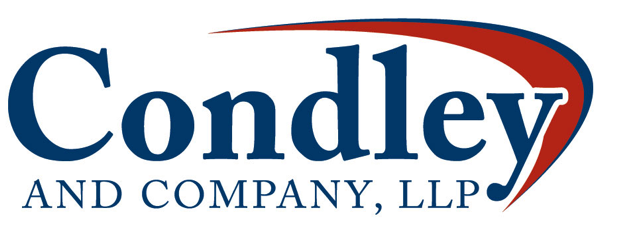
Mobile banking presents something of a quandary: while consumers desire to use mobile banking and seek banks that offer innovative features in this area, concerns about data security and privacy often prevent them from embracing the new technology that they seek. Bill Streeter takes a detailed look at this predicament in a new article for The Financial Brand. He draws frequently upon a Fiserv annual survey on consumer payments.
According to the Fiserv survey, the most sought-after mobile features—in order of greatest preference—are the ability to see when bills are due, digital wallets, and voice-activated payments. However, when it comes to mobile banking, many consumers face significant confusion. 46% of respondents expressed confusion over the vast number of features and functions available, while 33% responded that they desire to use mobile banking but don’t know how.
The survey also compared how consumers use mobile and online banking. While banking online is still the more popular method, a greater number of consumers rely upon mobile banking to receive alert messages, and the number of consumers who use mobile banking to make loan payments is closing in on online banking users. Some other key results in this area include the following: the consumers most likely to use mobile bill pay are those with more than $1 million in investable assets and Millennials; those same high-net-worth individuals are the most likely to enroll in automatic payments, along with seniors in charge of household finances; and the use of P2P payment methods offered by banks are growing rapidly.
Lastly, according to survey results, security continues to be a big source of worry—particularly for Millennials. Banks and credit unions will need to continue to work hard to both prevent data theft and educate their consumers about their efforts in order to increase consumer confidence in this area.
For more details, read the article in full at The Financial Brand.
